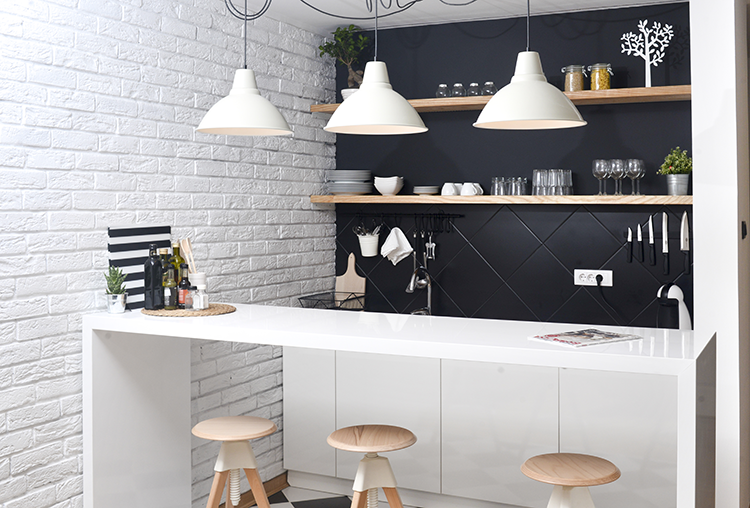5 Ways To Light Up Your Kitchen With Leds When Selling Your Home
When you put your house on the market, there are several factors to consider that might help bolster its attractiveness to potential buyers. Lighting is one of the key features of a space that many homeowners forget to pay special attention to. Not only can a dim or too-bright light distract potential buyers from the rest of your home, it can also cast unwanted shadows and create uninviting coloration throughout the space. One way to deter from this is by using LED lighting, especially in the kitchen.
WHAT DOES LED MEAN?
LEDs, or light-emitting diodes, are energy-saving light sources that offer tremendous design flexibility and have the ability to last for decades. From accent lighting to illuminating an entire room, its uses are nearly endless. The advancement of LED technology has given way to a drop in bulb prices and a massive range of styles and color temperatures available.
While replacing traditional kitchen lighting with modern LEDs may feel like an expensive task, the benefits—less expensive electrical bills, superior light quality, a bulb life of multiple decades and overall sustainability—can be an attractive selling point for prospective buyers. Here are five ways to light up your kitchen with LEDs.
1. RECESSED LIGHTING

Recessed ceiling lights are a popular primary lighting choice for kitchens. With many spaces using ten or more of these lights, converting to LED saves a substantial amount of energy consumption. Traditionally equipped with halogen or incandescent bulbs, most recessed fixtures can easily be converted with LED kits or retrofits. Does your space have high or vaulted ceilings? Current LED models can last upwards of 20 years, saving the next owner from having to drag out the ladder to change a lightbulb every few months.
2. PENDANT LIGHTING

Pendant lighting is a go-to over kitchen islands, bars and peninsulas. Replace existing bulbs with energy-efficient LED equivalents. Keep in mind, however, that you should invest in bulbs of the same lighting color temperature as your space, whether it tends towards cool to warm. It’s also important to note that LEDs aren’t categorized by wattage. Head to your neighborhood home improvement store and chat with a lighting expert to make the most of your particular lighting scenario.
3. ACCENT LIGHTING

One of LED lighting’s most popular uses is to highlight house-selling architectural details that might otherwise be lost among furnishings and decor. Above-cabinet lighting can turn upper cabinetry and shelving into a statement, while LED-lit toe kicks can provide accent lighting and safe nighttime illumination. Traditional kitchens with classic architectural details, like cove molding or tray ceilings, are perfect contenders for accent lighting. Take a look at easy-to-install LED tape lighting for brightness levels and unique colors that fit your home’s style.
4. INTERIOR CABINET LIGHTING

When your home has hard-to-find elements, like a wine cellar or glass-front cabinetry, take advantage of highlighting dynamic features with LED lighting. Show off collectibles or dishware in glass-front cabinets and light them with rope lighting behind the cabinet’s face frame or puck lights hidden in the cabinet ceiling. LEDs are also a perfect lighting choice for wine cellars. While traditional lighting methods emit UV light and heat, LEDs offer a cooler alternative that won’t cause temperature imbalance or damage to your favorite bottle of wine.
5. UNDER-CABINET

Under-cabinet lighting is an ideal place for LEDs, as they cast a warm glow on your favorite kitchen features. Unlike halogen lighting that’s been traditionally used in the past, LED lighting provides a multitude of lighting colors and levels without emitting heat that causes damage to surfaces and appliances. Dimmable options are also available for versatility, adding style and function to every kitchen. If you are looking to replace an old bulb, make sure to do your research to ensure you select the right fit—some dimming fixtures won’t have an LED alternative and will need to be retrofitted or replaced instead.
Thank you for reading. I hope you found this information useful.
Jeff Pittman, Realtor in Ladera Ranch – Orange County, California

